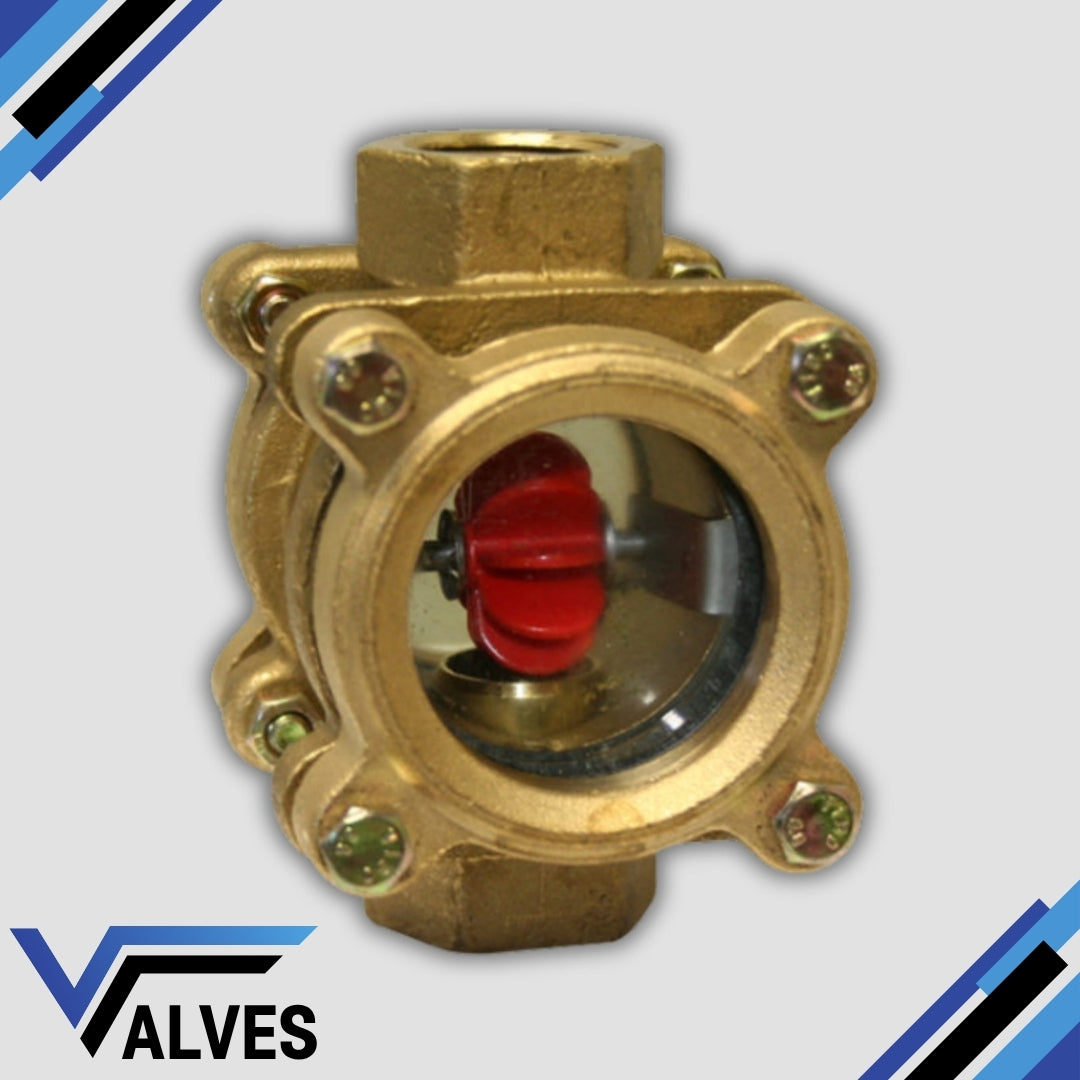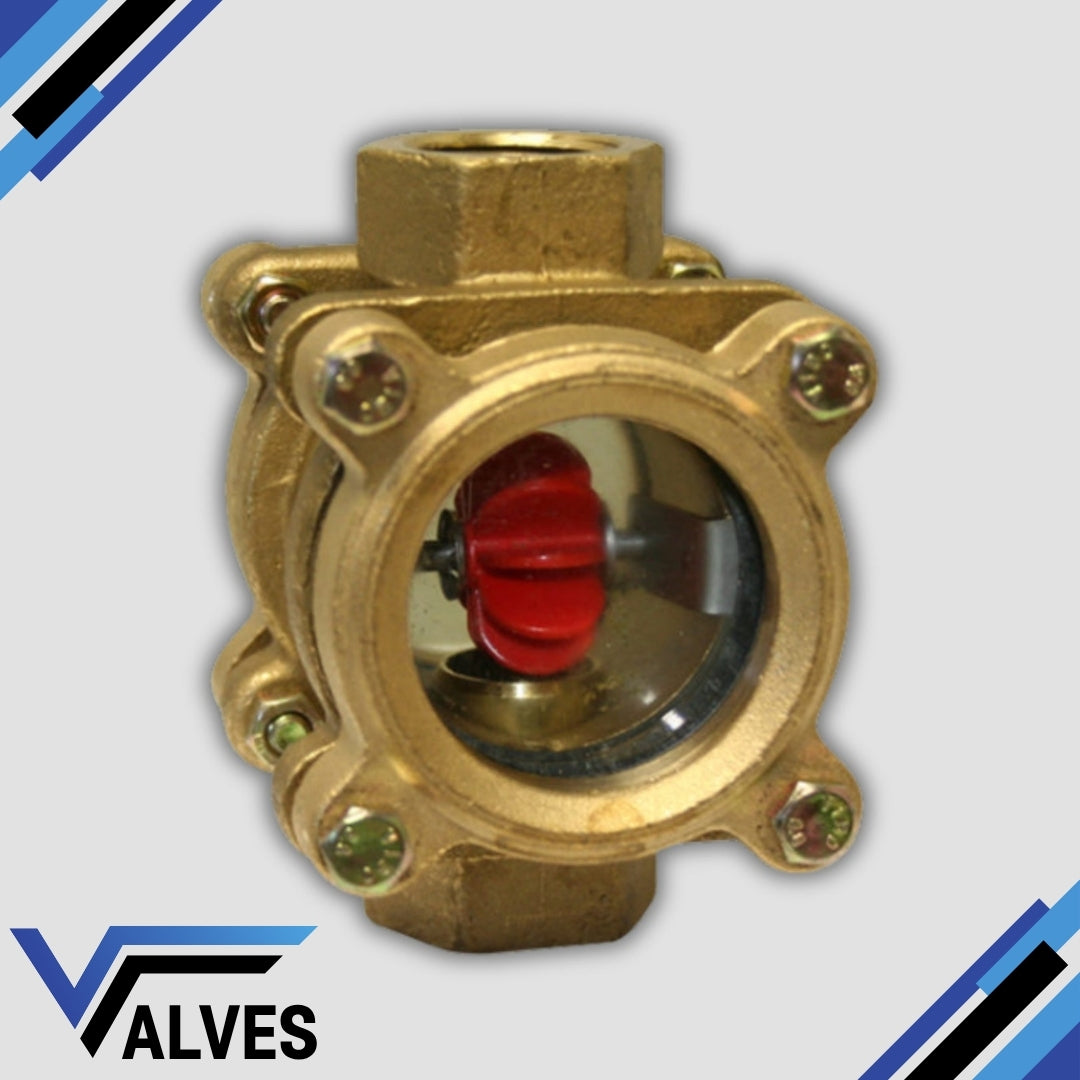Valves UK
Bronze Flow Indicator with Rotor – Tempered Glass Window
Bronze Flow Indicator with Rotor – Tempered Glass Window
Couldn't load pickup availability
The Bronze Flow Indicator with Rotor – Tempered Glass Window provides clear, real-time visual monitoring of fluid flow in industrial systems. As media flows through the body, the internal rotor spins, offering an immediate and highly visible confirmation of flow activity. The tempered glass window delivers excellent durability and resistance to pressure and temperature variations.
With a corrosion-resistant bronze body, this flow indicator is built for long-term performance in water, oil, steam, and light chemical applications. Its robust construction and reliable operation make it ideal for use in HVAC, marine, and process industries.
Key Features:
- Spinning rotor for dynamic visual flow indication
- Tempered glass window for high durability and clarity
- Bronze body for corrosion resistance and longevity
- Suitable for water, oil, steam, and non-aggressive fluids
- Horizontal installation recommended
- Ideal for marine, industrial, and mechanical systems
Share

FAQ's
What is the difference between a valve and an actuator?
What types of actuators are available?
The main types of actuators are:
Pneumatic actuators – use compressed air for fast, reliable operation.
Electric actuators – use electrical power for precise control.
Hydraulic actuators – use fluid pressure for high-torque applications.
Each type offers unique advantages depending on the environment, media, and system control needs.
How do I choose the right actuator for my valve?
To select the correct actuator, consider:
Valve type and torque requirement
Power source available (air, electric, or hydraulic)
Operating environment (temperature, humidity, hazardous area)
Control signal type (on/off or modulating)
Matching actuator torque and compatibility with the valve’s ISO mounting ensures reliable performance.
What are the main types of valves used in automation?
The most common valves in automated systems include:
Ball valves – for tight shutoff and quick operation.
Butterfly valves – for larger flow control with compact design.
Globe valves – for precise throttling and flow regulation.
Check valves – to prevent backflow.
Gate valves – for full bore flow isolation.
What’s the difference between a double-acting and spring-return actuator?
Double-acting actuators use air (or power) to both open and close the valve.
Spring-return actuators use air to open (or close) the valve, and a built-in spring to automatically return it to a safe position when power or air is lost — ideal for fail-safe operation.
How often should valves and actuators be serviced?
Regular maintenance intervals depend on operating conditions, but a good rule of thumb is to inspect every 6–12 months.
This includes checking for leaks, lubrication, seal wear, and actuator responsiveness to prevent unexpected downtime.

